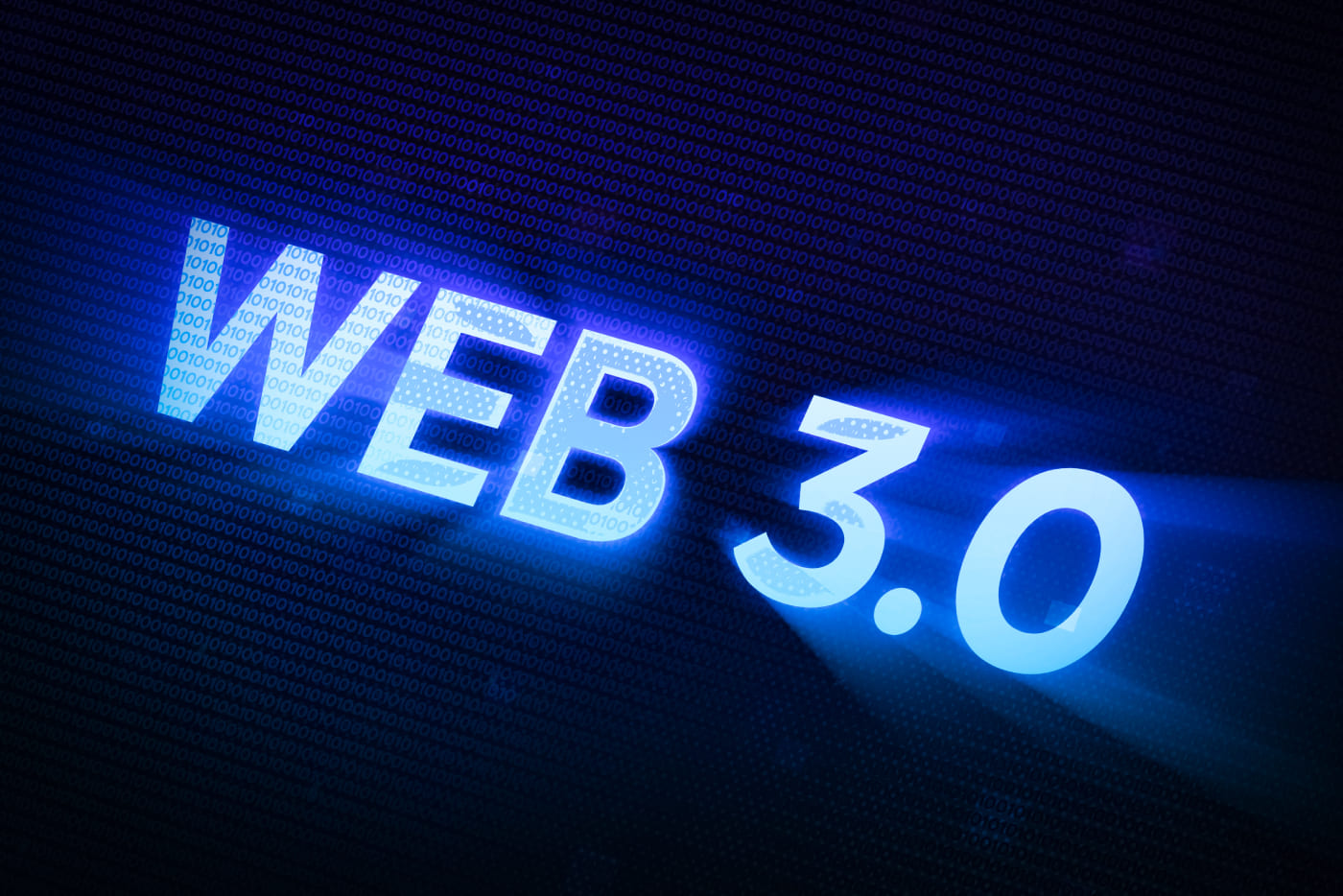What Is The Business Impact Of Web3?
17 October 2022
Web3 technology is gaining traction — and in many ways, it is leading the charge of political and economic revolution. Many leaders and innovators are taking up the challenge of finding ways to use Web3 technologies to make the world a better place.

I recently spoke with Jeff Wong, Chief Innovation Officer for EY, a multinational professional services company headquartered in London. We discussed his predictions about the ways Web3 will change how businesses operate and the way we work.
What Exactly Is Web3?
Wong and I started our conversation by discussing the definition of Web3. He said:
“When I talk about Web3, I like to start with the architecture of it, which is built upon the basics of blockchain. Blockchain is an immutable database that allows you to hold, store, and trade value, and pay for the assets that you're trading without a central authority. It allows for all the things that you see today…you see the exchange of value through cryptocurrency, you see the exchange of the value of NFT. So I can hold an NFT, I can trade an NFT, and I can get paid for that NFT without a central authority — all because of the blockchain. It’s an entirely different theory of how you hold property and exchange property.”
So how has our journey to Web3 evolved? During the Web 1.0 era, it was expensive to have a website, and only the big companies who could afford to build and support large servers could get sites up and running. Then Web 2.0 technologies cropped up, and companies and individuals could harness cloud architecture and cheaper hardware. Very quickly, website services became much cheaper, and it was possible to launch a site for a few hundred dollars, without needing to learn how to code.
Web3 represents an even bigger step away from both of these phases because it turns the idea of centralized control on its head. Wong uses the example of a new streaming service that might be set up using a Web3 architecture. He says:
“If you have a streaming service set up under a Web3 construct, why shouldn't the producers of that content — the musicians or the movie makers themselves — be paid directly for what they have produced? Why shouldn’t they be able to set up their own rules around how much they should be paid, how they are paid, and who should have access to their content? The big difference between Web 2.0 and Web3 is the concept of ownership, and how you get content and who gets paid and how they get paid and who gets to decide that.”
How Companies Are Driving Business Value with Web3
In Wong’s experience, many companies are exploring how they can get involved in the 3D immersive environment of the metaverse (which will likely harness much of the power of Web3’s decentralized architecture).
Retailers and brands are looking into selling digital products to people within the metaverse and how they can set up a presence within that immersive world.
Financial services companies are also figuring out how to dip their toes into the world of cryptocurrency—although admittedly, there is still a fair amount of skepticism from traditional institutions that think the hype around crypto outweighs its actual value.
Some organizations are also starting to use Web3 technologies for supply chain management. For example, large nonprofits are using blockchain to track and exchange units of blood for healthcare.
Companies that sell wine and spirits are also using Web3 tech to move their products through different parts of their distribution channel, while verifying the source and authentication of each bottle. This limits fraud by allowing buyers full transparency into the entire chain of custody of the products they’re purchasing.
How Web3 Will Transform the Workforce??
Web3 will clearly be a massive disruptor for our current workforce. Wong predicts that Web3 tech will intersect with the growing gig economy, allowing workers to have more say in who they work for, what they work on, and how they get paid.
Workers will also increasingly be using the metaverse to communicate, especially as VR headsets get lighter and cheaper. We’ll be able to meet in the metaverse instead of traditional 2D video conference calls, and trade shows and conferences may increasingly happen entirely in immersive VR and ARAR 0.0% environments.
Recommendations for Business Leaders
When I asked Wong if he had recommendations for business leaders who want to prepare for Web3, he said:
“Get your hands dirty. Meaning, get out there, set aside a team that starts experimenting with what Web3 means to you, to your particular company, to your industry.”
Additionally, Wong recommends bringing in people who have a different perspective on your business and can help you think about how you can apply Web3 in unique ways to drive value.
“Don't fear bringing in different talent that shakes up your business in the C-suite room and says, ‘Hey, there's a different way of looking at this,’ the best CEOs in the world often talk about this. They want that diversity of thought…they want somebody who comes in and challenges the room.”
Watch my full conversation with Jeff Wong here:
Related Articles
The Biggest Fintech Trends In The Next 10 Years
If a week is a long time in politics, then ten years is an eternity in the world of technology.[...]
5 Generative AI Chatbots Everyone Should Know About
Generative AI chatbots have rapidly become indispensable tools across various industries, transforming the way we interact with technology.[...]
AI Revolutionizes Voice Interaction: The Dawn Of A New Era In Technology
It’s becoming increasingly common to find ourselves controlling and communicating with machines using our voices.[...]
7 Ways Marketers Should Be Using Generative AI Now
Marketing is all about engaging customers with compelling content – delivering thoughtful, inspiring messages that help to create a deeper relationship with the brand.[...]
The AI Revolution In Wine Fraud Detection
In an era where authenticity is as valuable as the vintage itself, the wine industry faces a pressing challenge: wine fraud.[...]
10 Mind-Blowing Generative AI Stats Everyone Should Know About
A little over a year ago, no one was talking about generative AI. Now, it’s the dominant topic of top-level events like CES and the World Economic Forum.[...]
Sign up to Stay in Touch!
Bernard Marr is a world-renowned futurist, influencer and thought leader in the fields of business and technology, with a passion for using technology for the good of humanity.
He is a best-selling author of over 20 books, writes a regular column for Forbes and advises and coaches many of the world’s best-known organisations.
He has a combined following of 4 million people across his social media channels and newsletters and was ranked by LinkedIn as one of the top 5 business influencers in the world.
Bernard’s latest book is ‘Generative AI in Practice’.










Social Media